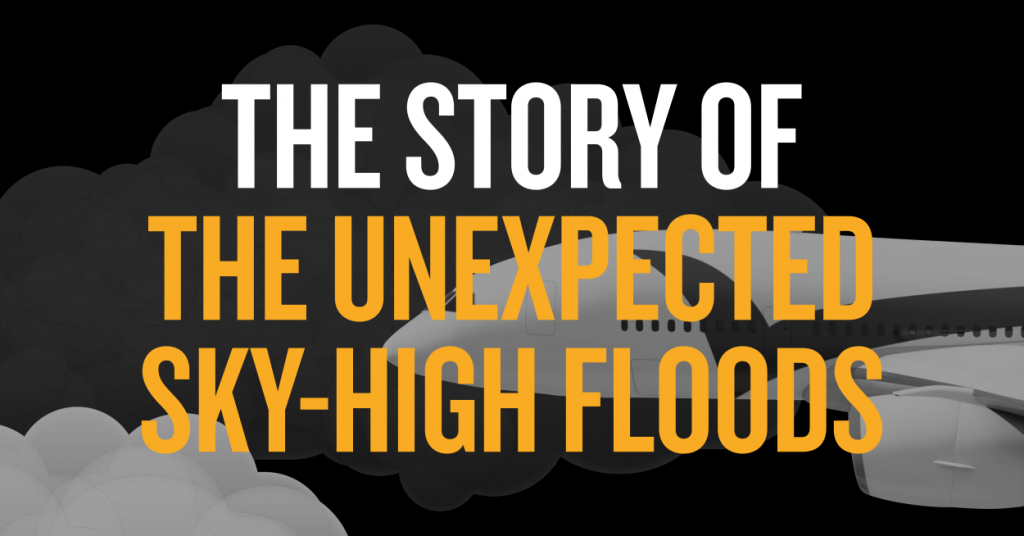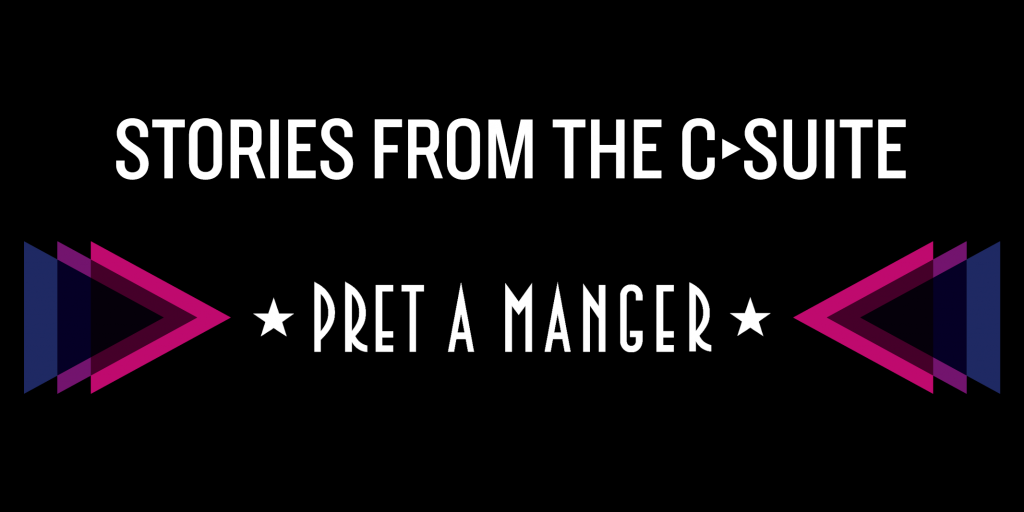Insight article

Trouble at 30,000 feet: considering customer needs
Innovation is imperative for any company seeking to retain their leadership position in competitive markets, but drives to innovate can all-too-frequently forget the end-user. For one globally renowned commercial aerospace provider, they knew that they needed to remind their most important innovators – their engineers – to foreground user experience if they were to restore an ailing reputation. As this client began a company wide transformation, the power of storytelling illustrated the importance of considering customer needs when innovating.
Unforeseen floods in the sky
For the leadership team at our aerospace client, it was high time to take urgent steps to adapt to their changing, expanding market – and remain competitive in the duopoly that they inhabited. This was no small ask: this adaptation would involve expanding their global industrial operations, clearing a decade-long production backlog, and meeting historically-high demand for air travel. In doing so, they hoped to restore customer confidence in their services, enhancing both quality and punctuality.
Speedily strategising, they placed innovation at the heart of these efforts. They convened their brightest engineers, and asked them to devote their ingenuity to re-purposing a lightweight, short distance aircraft in ways that would allow it to meet the soaring demand for long-haul flights.
Enthusiastic and expert in equal measure, their engineers got to work. Undaunted by either the complexities of the task or the tight deadlines constraining them, they were soon designing, experimenting, iterating, improving, painstakingly projecting the increases in engine capacity, fuel requirements, and other technical tweaks needed to equip the aircraft for extended journeys. Soon – and on schedule – they were rolling out their enhanced aircraft for their first test flights.
After careful trials, all conducted without any obvious flaw, the new craft were released for commercial travel. With no small amount of satisfaction, the engineers applauded their efforts: a difficult job executed excellently.
A short while into the first flight, however, as the plane neared the last ninety minutes of its ten-hour journey, passengers across the cabin began to complain. Seeking to make necessary use of the plane’s amenities, they had soon realised that doing so would be too much to stomach. For all bathrooms, having seen no increase in capacity, had begun to flood. Soon, numerous reports of the same problem were reaching senior management. The client’s engineers had taken great pains to consider the challenges involved from a technical perspective – but had failed to factor user experience into their planning.
Considering customer needs
For a client seeking to improve their reputation for quality, this bathroom blunder was highly embarrassing. However, it was also a perfect starting point for their efforts to train their engineers to consider how their services would be experienced by end-users. The story was placed front-and-centre of a company-wide strategy designed to improve design processes, modernise outdated assets – and clear a decade-long production backlog.
As emotive and memorable as it was embarrassing, the eventual results – a consistent reduction in design issues and cross-company improvement in production quality – stand as a testament to the power of storytelling to change design practices across an organisation.
To discover how storytelling can transform your business, download our e-book, Storytelling: how to reset an organisation’s narrative to inspire change







